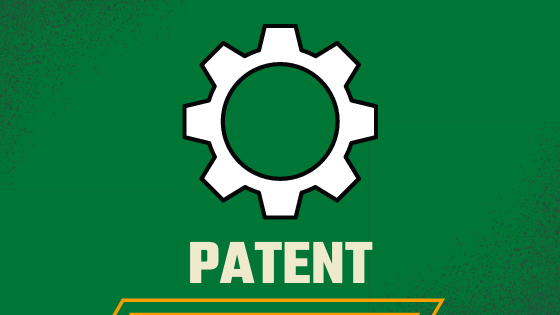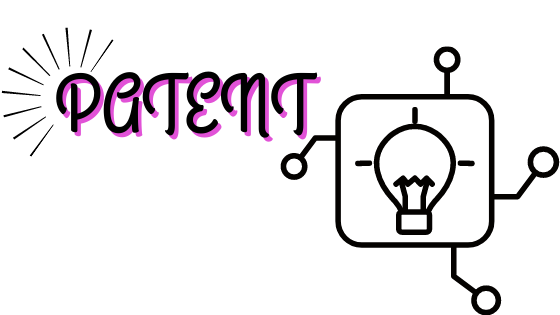As the name implies, selling your patent is a strategy where you sell full ownership of the patent to someone else. This could be an entrepreneur who wants to create a company around the invention, a retailer who wants to sell the invention in stores, or a manufacturer who wants to mass-produce the invention. It is a “quick exit” strategy whereby you wash your hands of the patent and all future responsibility for it in one fell swoop.
Pros of Selling Your Patent: Cash out in one lump sum. No future hassles or involvement with the patent. Leaves you free to move on to the next project or enjoy your payout from this one.
Cons of Selling Your Patent: Possibility of having to watch whoever you sell the patent to reap huge profits from it that far exceed what they paid you.
If you are not business-minded or simply need the money right away, consider selling your patent if you have the opportunity to do so. But remember: entrepreneurs, retailers, and manufacturers are not going to beat a path to your door. In most cases, you will have to approach them. To learn how to get potential buyers interested in your patent, check this InventHelp’s guide for inventors.
Licensing Your Patent
Licensing your patent is a bit more involved than selling it outright. A patent license allows a third party (an entrepreneur, retailer, or manufacturer) to utilize your patent for their own benefit, while you retain ownership of it. This person or company is called the licensee. In exchange for this privilege, the licensee agrees to pay you (the licensor) some agreed-upon amount of royalties. For example, you might grant a manufacturer a 5 year license to use your patent in exchange for 10% of yearly product sales.
A patent license creates an ongoing business relationship between you and the licensee. You will need to be involved at least enough to ensure that they are meeting the performance obligations they agreed to.
Pros of Licensing Your Patent: Enables you to share in the future profits that your licensee may achieve by capitalizing on your patent. Creates a passive income stream.
Cons of Licensing Your Patent: Requires you to stay involved with the patent. Requires you to wait to receive income from the patent (unless you also negotiate an up-front payment into the licensing agreement.)

If you don’t mind the occasional meeting or conference call with whomever you license the patent to, and you are willing and able to wait to receive income from the patent, licensing may be the way to go.
This is only a brief overview of patent licensing. See the InventHelp for more detailed articles on how to value your patent, how to pitch your patent to companies, and how to write good performance obligations into any patent license you sign.
Sell The Invention Itself to Customers
This is the riskiest strategy of the three, and also the most potentially lucrative. Rather than selling or licensing the patent (thereby transferring the responsibility for capitalizing on it to someone else) you take on that responsibility by creating the invention and selling it to customers. This makes you an entrepreneur.
The risk is that you will be unable to convince a retailer to sell your invention or unable to sell it yourself via the web or some other medium. The reward is that, if you can, the profits are yours and yours alone.
Pros of Selling The Invention to Customers: You maintain complete control. You share profits with no one. You make much more money if you can successfully sell the invention to your target market than you would by selling or licensing the patent to someone.
Cons of Selling The Invention to Customers: All of the risk is on you. If you cannot successfully sell the invention to your target market, you stand to lose all the time and money you invested in trying to.
This strategy is best suited for people with entrepreneurial and business backgrounds. If you relish the opportunity to transform a patent from a piece of paper to a thriving business with hard work, networking, and deal-making, this could be the way to go. If you would rather cash out and let someone else do all of that, sell or license the patent instead.
Find help for your new invention idea from online articles on getting an invention on store shelves, who and who not to take investment money from, how to choose the right business partners, and how to fast-track an invention to market.
Again, none of these strategies is necessarily better than the others. It all comes down to what your strengths, weaknesses, and expectations are. The important thing at this stage is that you start thinking about which strategy suits you.









